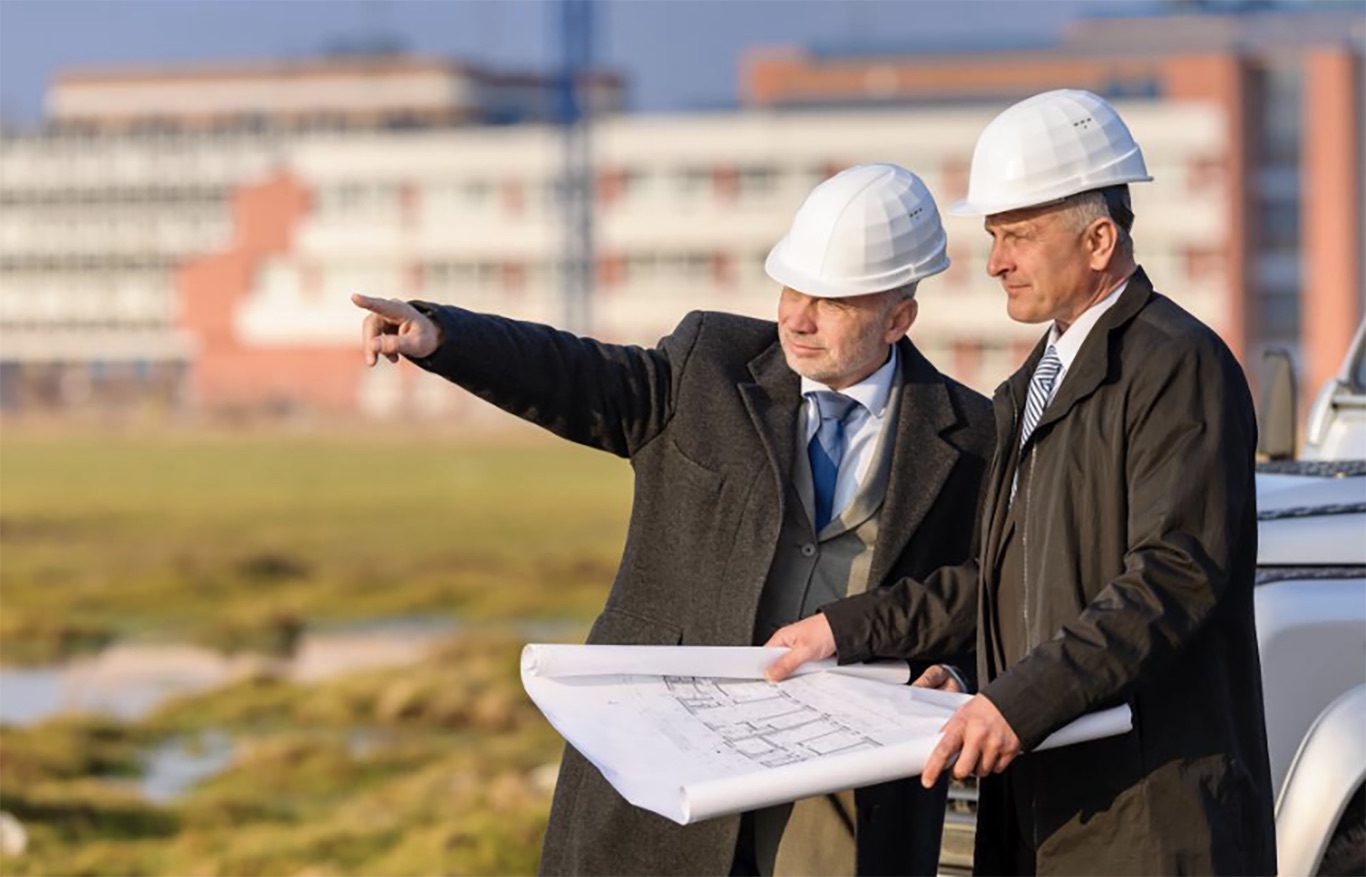Construction is a complex symphony of moving parts, never more so than today. Developers face many challenges to deliver projects on time and on budget.
These challenges not only stem from the current construction landscape, but also from unique issues faced when building a new project such as securing financing, getting the required approvals from local government, understanding environmental regulations, skilled labor shortages, and finding the right design and construction teams.
In this blog, I will be focusing on the two topics where CRH can offer tailored solutions that take into consideration escalating construction costs and environmental regulations and sustainability.
Escalating Construction Costs
Both cost and demand are on the rise across the construction landscape. Escalating energy prices and market conditions, such as trade tariffs, are also playing a role in driving up manufacturing costs across the building materials industry. At CRH, we want developers to know that they don’t have to face these challenges alone. Traditionally, building materials manufacturers are not brought into the earliest phases of the construction process, however, they do bring a great deal of value when they are.
Being a designer and manufacturer of building materials in 25 CSI construction divisions, CRH can work with a developer’s architectural team in the early design process to find value added engineering solutions that can reduce hard and soft costs affected by complexity of system installation. Engaging CRH in early design allows us to identify design efficiencies in our systems to help reduce costs, as well as offer alternative products that can give the developer and architect the aesthetic they want with considerable cost efficiencies. We are also able to work with general contractors to get competitive bids on the different scopes we cover and to reduce the risk of material delivery delay due to backlog constraints or unexpected design changes.
Environmental/Sustainability Considerations
At CRH, sustainability is one of our core values. We are constantly looking for opportunities to lower our own carbon emissions through the use of recycled materials in our products, the use of renewable energy, or the reduction of power consumption at our manufacturing facilities and corporate offices. There is also a strong push in construction for sustainable projects and the reduction of their environmental impact. Sustainable projects are in demand by local governments and are also becoming increasingly important to the public.
 A recent survey by Yale University showed that people have been shifting in their tendencies and habits, resulting in a push towards sustainability and focus on the environment, both emerging as new priorities. Sixty-nine percent of Americans see climate change as a threat to our planet, which is a 16% increase over the last five years. The rate at which Americans recycle has increased 27.8% in the past 50 years, and this is expected to continue to rise. The number of hybrid and electric vehicles sold in the U.S. grew from 17 to 567,000 between 1999 and 2017. This shift is a runaway train that will only continue to pick up speed with 68% of consumers making purchasing decisions with sustainability as one of the main things they consider.
A recent survey by Yale University showed that people have been shifting in their tendencies and habits, resulting in a push towards sustainability and focus on the environment, both emerging as new priorities. Sixty-nine percent of Americans see climate change as a threat to our planet, which is a 16% increase over the last five years. The rate at which Americans recycle has increased 27.8% in the past 50 years, and this is expected to continue to rise. The number of hybrid and electric vehicles sold in the U.S. grew from 17 to 567,000 between 1999 and 2017. This shift is a runaway train that will only continue to pick up speed with 68% of consumers making purchasing decisions with sustainability as one of the main things they consider.
In the past, transportation has been the main focus for reducing our CO2 emissions; however, buildings actually produce more CO2 in the U.S. With this realization, emissions from buildings is projected to continue to grow and outpace all other sectors. This presents an incredible opportunity for developers to be at the tip of the spear in reducing CO2 emissions. Many developers have tried to meet these challenges by incorporating renewable energy production solutions, which can be expensive and require a large amount of space.
The most efficient way to reduce CO2 emissions and save money is by designing an efficient building that sips, rather than gulps, energy. The performance of a project’s building envelope is a critical part of making sure a structure uses power efficiently. Any AC leakage or heat energy gain requires greater energy usage to continue operating at a comfortable level for occupants. Oldcastle BuildingEnvelope®, A CRH Company, is a leader in the industry and is able to offer design assistance to support a developer’s architect in designing a building envelope that reduces their project's thermal heat gain and energy consumption. This also allows the developer to possibly move to a smaller, less expensive mechanical system to keep the building working efficiently.
Start the Conversation Early
Working with us as early as possible has many benefits and can help add value to developers. At CRH, we revel at the opportunity to engage our clients early in the construction cycle. This allows us to leverage our design capabilities, material expertise, logistical strengths, and subcontractor network, to assist our clients in finding solutions to the design and construction challenges they face.


